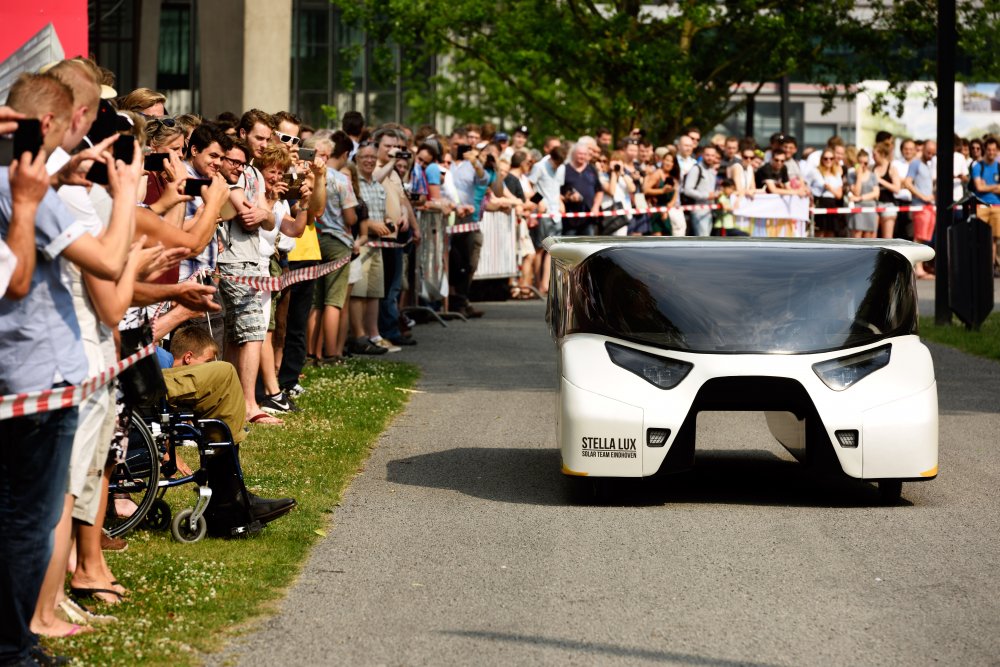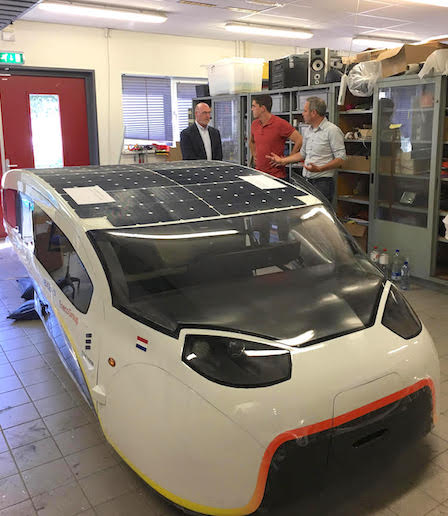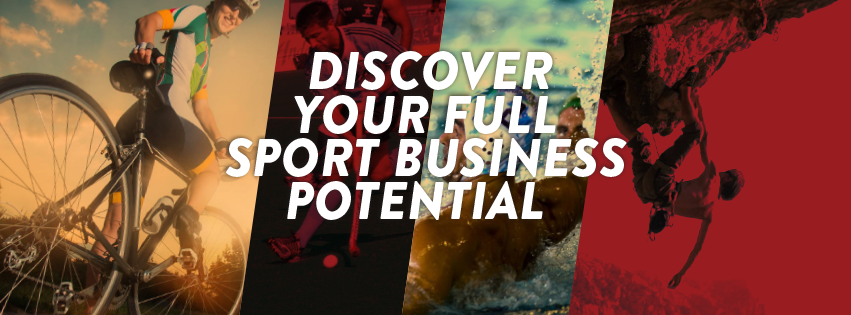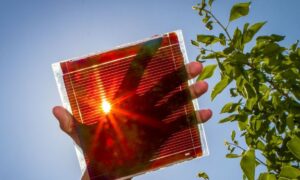Eindhoven is emerging as THE high-tech innovation center in Europe, yet no one has heard of it.
We want to change that because you might want to come here to invest, to join a startup or to attend university. We’re even creating an effort – Tech Sister Cities – to connect talent to early stage investors in the United States, especially in the Midwest and South.
Why?
There’s so much going on – so much innovation – at our headquarters city that our media startup can’t cope. So we decided to create a special semi-regular feature, the Eindhoven Business Briefing.
What’s going on this week?
You know how Stanford University supplies much of the ideas and talent for The Valley? Well, that’s Technical University Eindhoven’s role in our local ecosystem. During the last few weeks, we’ve taken our investors and friends to the campus so they could size up the school either for investment or for their kids’ college careers.
• If you think about all the buzz Elon Musk and Tesla generate, the obvious next question is, “Why aren’t there pure-play solar cars rather than cars with batteries that require recharging on the grid?”
We got our answer at Solar Team Eindhoven.
A team of TU/e students are preparing to defend STE’s first-place 2015 finish in the biennial Bridgestone World Solar Challenge, with the 2017 race scheduled for October in Australia.
STE has built a solar-only vehicle that can survive a 3,000-kilometer test from Darwin on the north to Adelaide on the south. Teams are allowed one charge at the start. That’s it.
The new car, dubbed Stella Vie, is touted as the first solar-powered family car and seats five.
STE will join 95 teams from schools such as MIT, the University of Michigan, Stanford and Cambridge as well as teams representing countries doing the most advanced research such as Australia and South Korea.
With Bert-Jan Woertman, TU/e commercial director, we dropped in on STE recently and chatted with team manager Wout Gubbels, a 23-year-old engineering student, about their new car, the first solar family sedan. If your family likes to strap on cooling vests as they drive cross a continent.
The World Solar Challenge has three classes.
“Our class (Cruiser Class) is more like the future of mobility than a race. For us, it’s efficiency combined with practicality,” Gubbels said. Part of the score is for practicality, such as how easy it is to get in and out of the car. And yes, the rules state that the car must carry actual passengers, Gubbels said. For them to survive temperatures topping 40 degrees Centigrade (104 Fahrenheit) and no air conditioning (too heavy), the passengers have to wear cooling vests, he said.
“It’s not just about speed, it’s about comfort,” Woertman said. “That’s what makes this class so challenging.”
Everyone from Dutch media to Inhabitat has covered the team. And the technology is amazing. The car can go about 1,000 kilometers (621 miles) on a sunny summer day, reaching speeds of up to 130 kph. The car is somewhat autonomous, with tech to locate the best spot for recharging and to route the most efficient routes.
Several STE alumni have banded together to form Lightyear One, an effort to build the first solar luxury car. More as we see proof-of-concept.
Ladies and gentlemen, the future is here ….
• While at TU/e, Bert-Jan also took our group to meet Alex Dings and Ruben van Vreeland at BitSensor. These guys have developed app-integrated technology to detect and stop hackers in milliseconds, not months after the fact like firewalls. They’re in the running for Dutch Startup of the Year.
But you have to read their bios from their website to get an idea of who they are:
Ruben van Vreeland – CEO
Ethical Hacker. Advised for LinkedIn, Ebay, Indiegogo, Kickstarter, Marktplaats.nl. Started programming at the age of 9, developed a software application for questionnaires for his primary school, worked as a security consultant after breaking all web applications at secondary school from 14 years old. While doing consultancy, worked as a programmer at a web development company from the age of 15 onwards. Speaker at Hack In The Box/HAXPO on advanced XSS.
Alex Dings- COO
Somehow he always knows how to get the most out of people, deals and everything in between. He was running the high school newspaper and is now doing multi-million (euro) software tenders at the Eindhoven University of Technology. While doing that and working on BitSensor, he did his foundation degree cum-laude.
• We’ve believed for some time that Bambi Medical, a recent graduate of HighTechXL accelerator, has serious potential. Bambi’s mostly Dutch team has created technology allowing doctors to monitor infant vital signs without using needles or adhesive electrodes, eliminating all discomfort.
We’re not the only ones to see the value in what they do. Winning the Get in the Ring competition here last March during HighTechXL’s demo day, Bambi joined the top 150 startups from all over the world at the big Get in the Ring Global Conference in Singapore last May. They came up just short of the top prize, but after interviewing CEO Fabio Oetomo, we’re certain they’re headed to market.
• We’ve been working with Menke Steenbergen, founder and CEO of IPOS, to reach investors in Kentucky, the center of the horse world. Menke, who is a veterinarian, wants to digitize the equestrian world. That’s just the start. We believe if she can get in front of industry leaders at Alltech and other U.S.-based multi-nationals, she’s on her way.
• Sport eXperience is a real departure for Eindhoven, which is based on ultra-high tech photonics and other cutting-edge hardware. Co-founder and CEO Arno Hermans is bringing together an international team to disrupt the sports world. Hermans & Co. are thinking globally right out of the box as they take their sports accelerator concept to Denmark, Italy and soon, the U.S.
“We want to go as quick as we can to as many countries as we can to build that network,” says Martin Stockman, Sport eXperience team manager and part of its expansion team. “And that’s what we offer that’s different from some of the very focused approach of the other accelerators.”
• We’ll be at the Impact Summit at High Tech Campus on Tuesday. This is a major expansion of mission focus for Guus Frericks and his HighTechXL, which started as an accelerator for high-tech hardware. Impact Summit is a technology conference that matches startups with industry experts, innovation executives, and investors in three tracks: Medtech, High Tech, and Fintech.
Send us your news at: [email protected]
















